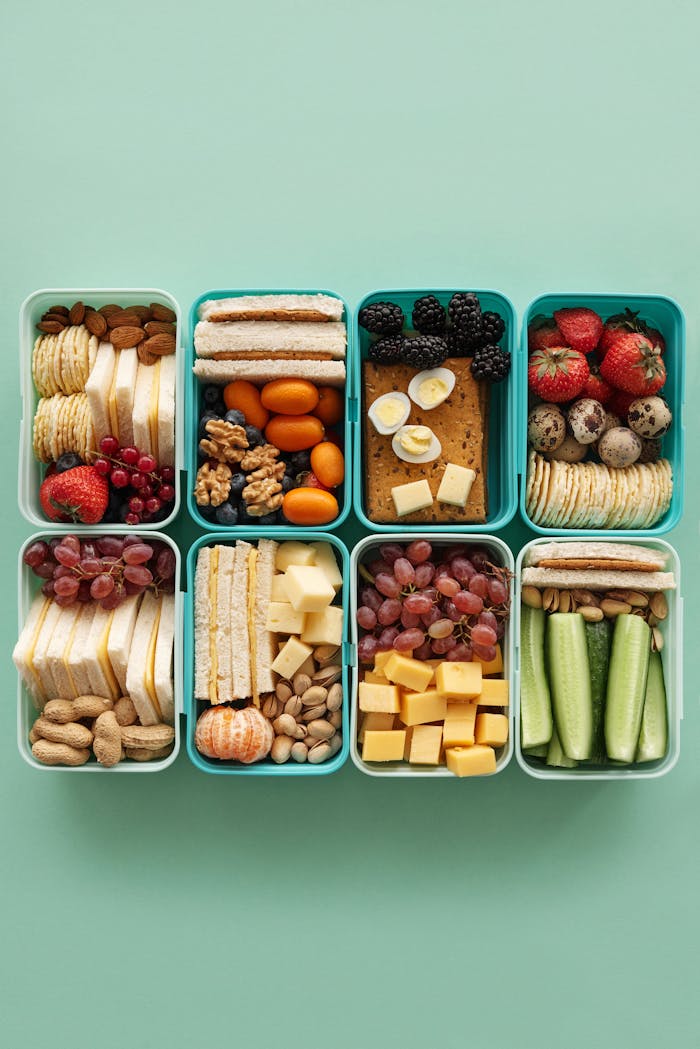A one‑size‑fits‑all meal plan rarely serves everyone. To truly reap the benefits of meal planning—whether you’re chasing athletic gains, managing a health condition, or feeding a busy family—you need to custom‑fit your menus to your unique needs. This guide will walk you through the steps to build highly individualized meal plans that deliver results and keep you excited about every bite.
1. Define Your Objective
Before jotting down recipes, clarify why you’re planning:
- Performance & Recovery: Build muscle, improve endurance, and speed up post‑workout repair.
- Weight Management: Create a calorie‑controlled framework for fat loss or maintenance.
- Health Conditions: Manage blood sugar, support heart health, or reduce inflammation.
- Family Nutrition: Balance diverse tastes, picky eaters, and time constraints.
- Lifestyle Alignment: Accommodate travel schedules, shift work, or social dining.
2. Calculate Your Nutrient Targets
- Estimate Energy Needs: Use an online calculator or consult a dietitian to determine your daily calories.
- Set Macronutrient Ratios:
- Protein: 1.2–2.0 g/kg body weight for athletes; 0.8–1.0 g/kg for general health.
- Carbs: 45–65% of calories for active individuals; lower (20–30%) for low‑carb goals.
- Fats: 20–35% of calories—prioritize mono‑ and polyunsaturated sources.
- Micronutrient Focus: Identify vitamins or minerals you may lack (e.g., iron, vitamin D, calcium) and include fortified or rich-food sources.
3. Build Your Recipe Library
- Core Meals: Choose 5–7 recipes per meal category—breakfast, lunch, dinner, snacks—that meet your macro/micro targets.
- Template Approach: Design “meal formulas” instead of fixed dishes:
- Breakfast Formula: Grain + Protein + Fruit/Fat (e.g., oatmeal with whey, berries, chia)
- Lunch/Dinner Formula: Protein + Veggies + Complex Carb + Sauce/Flavor (e.g., teriyaki tofu + broccoli + brown rice + sesame drizzle)
- Special Cases: Create separate pools for allergy‑friendly, gluten‑free, vegan, or low‑FODMAP options.
4. Personalize Portion Sizes & Timing
- Portion Control: Use kitchen scales or measuring tools to match your calorie and macro targets.
- Meal Timing:
- For Athletes: Place 20–30 g protein + 30–60 g carbs within 30 minutes post‑exercise for recovery.
- For Weight Loss: Consider 4–5 smaller meals to stabilize blood sugar, or time‑restricted eating windows if preferred.
- For Busy Schedules: Cluster larger meals around your free hours and plan nutrient‑dense snacks for on‑the‑go energy.
5. Craft a Dynamic Grocery List
- Categorize & Quantify: Group by produce, proteins, grains, dairy, pantry staples—and list exact amounts to avoid excess or shortage.
- Cross‑Use Ingredients: Highlight “multi‑use” items (e.g., spinach in smoothies, salads, omelets) to maximize freshness and minimize waste.
- Substitution Guide: Note one‑to‑one swaps for proteins (chicken ↔ turkey), grains (rice ↔ quinoa), and milks (cow ↔ plant) to adapt when items run out.
6. Prep & Monitor
- Weekly Prep Session: Dedicate 1–2 hours to cook proteins, chop vegetables, and portion snacks.
- Track & Adjust: Maintain a simple log of your meals, satiety, energy levels, and any digestive feedback.
- Refine Quarterly: Reassess goals and adjust calorie targets, macros, and meal formulas as your body or lifestyle changes.
7. Embrace Support & Technology
- Apps & Platforms: Use services like MealMaster 7 to auto‑generate plans based on your profile, sync with nutrition trackers, and push grocery lists to delivery.
- Professional Guidance: Consider periodic consultations with a registered dietitian or performance coach to fine‑tune your plan.
Final Thoughts
Customizing your meal plan transforms it from a simple list of recipes into a personalized roadmap for health, performance, and lifestyle harmony. By defining clear objectives, calculating precise nutrient targets, and building adaptable templates, you’ll create a system that not only fuels your goals but also evolves with you—making nutritious eating effortless and enjoyable, day after day.
